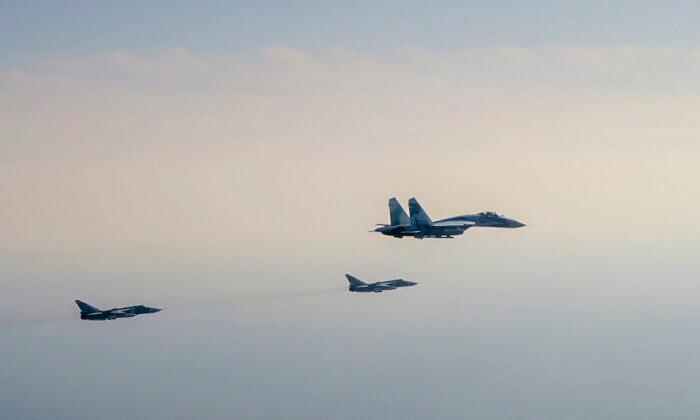Italy and Norway deployed fighter jets under NATO authority on Tuesday to respond to Russian aircraft that were spotted flying over the Baltic Sea and the Norwegian coast.
The NATO Allied Air Command said the deployment was prompted by Russian aircraft “not adhering to international norms,” but it did not provide details on the number of aircraft and their activities.
There have been several reports of Russian aircraft being spotted in areas of strategic interest, such as the Baltic Sea region, in recent months, most of which were intercepted by aircraft from other countries.
German Eurofighters were scrambled to warn off and escort the Russian aircraft, according to the air force. Latvian airspace was not violated during the incident, it stated.
In another incident, the North American Aerospace Defense Command (NORAD) said that its aircraft intercepted a Russian military plane near the Alaska Air Defense Identification Zone (ADIZ) on Sept. 23.
While Guillot did not provide details about the situation and the aircraft’s conduct, he said the pilot’s actions were “not what you’d see in a professional air force.”
NORAD said the Russian and Chinese aircraft did not enter American or Canadian sovereign airspace during the incident and that their activity in the Alaska ADIZ was not considered a threat.
NORAD affirmed its readiness to employ “a number of response options” to defend North America.
“NORAD employs a layered defense network of satellites, ground-based and airborne radars, and fighter aircraft in seamless interoperability to detect and track aircraft and inform appropriate actions,” it stated.
Alaska’s ADIZ is not part of U.S. airspace, but the area—which begins where sovereign airspace ends—requires all foreign aircraft to be readily identified in the interest of national security.







